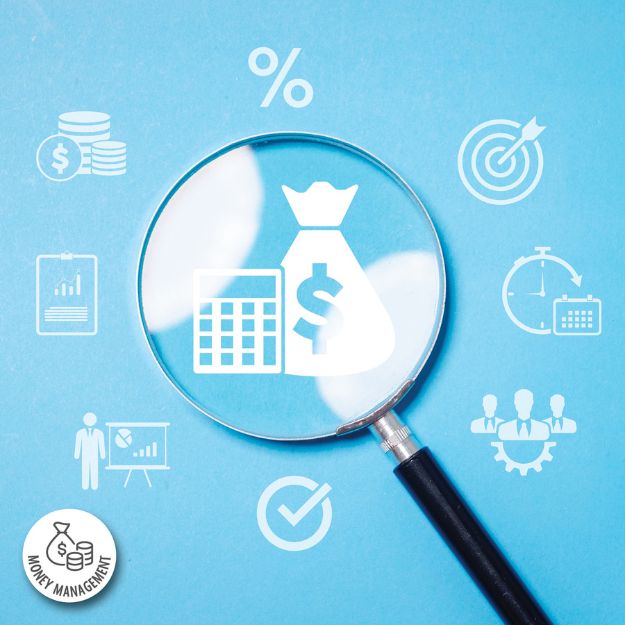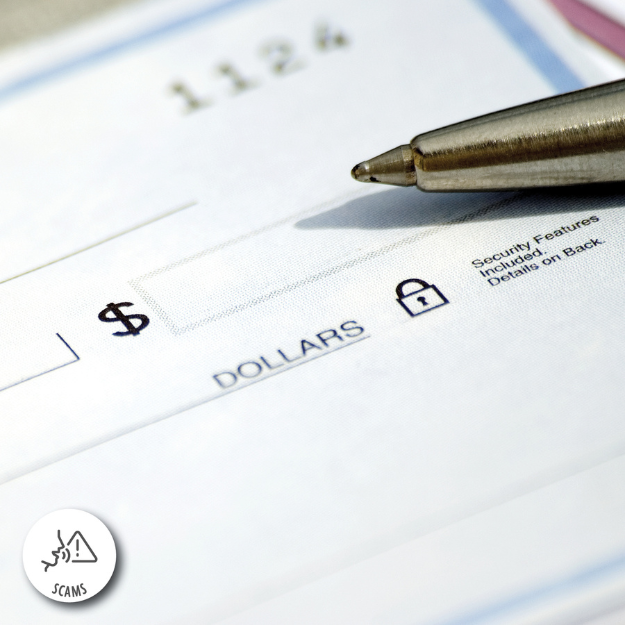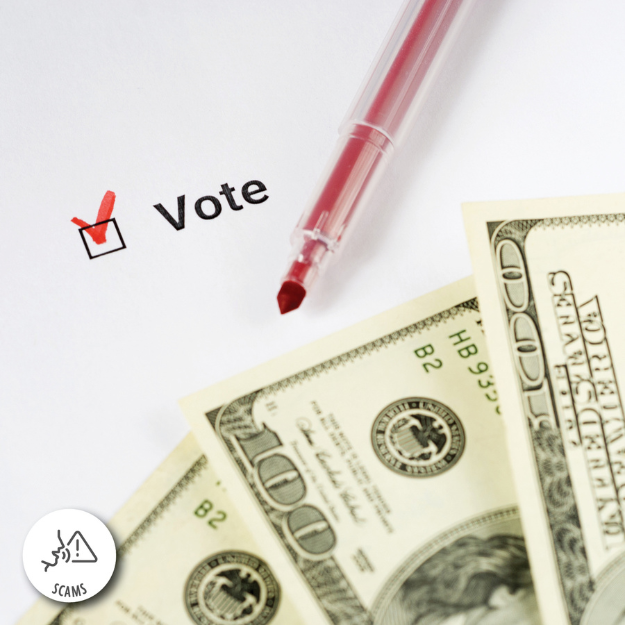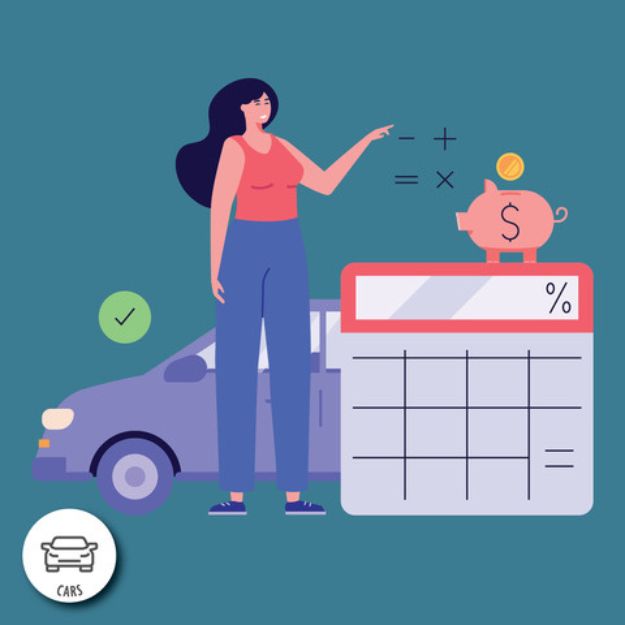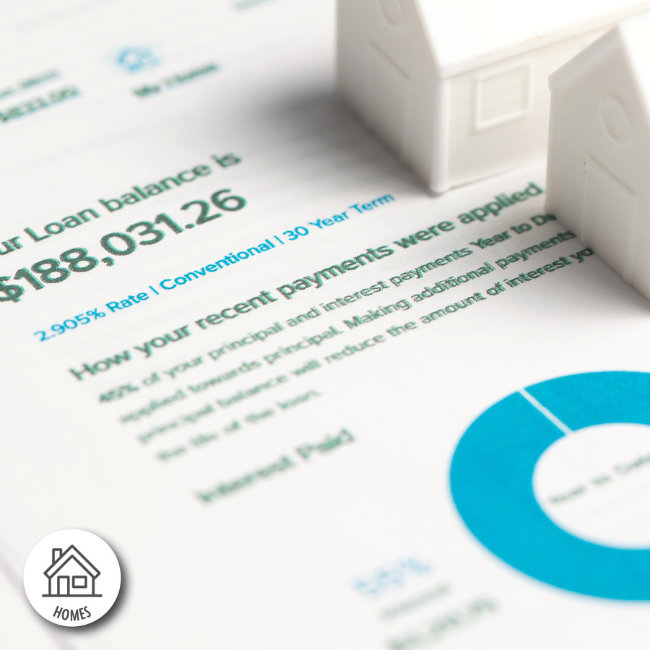What I Wish I Learned in School 4 of 12: Taxes Demystified
Taxes can seem daunting, especially when you’re just starting out. Here’s everything about taxes you wish you’d learned in school.
1. Taxes are inevitable
The first thing to know is that taxes are a part of life. Whether you’re earning a paycheck, running a business or investing, you’ll interact with the tax system. The key is to be informed and organized.
2. Your paycheck doesn’t show the whole picture
If you’ve ever wondered why your take-home pay is less than your salary, taxes are the answer. Employers withhold income taxes, Social Security and Medicare from your paycheck. This is called “pay-as-you-go” taxation.
Review your W-4 form when you start a new job or when your financial situation changes. This form determines how much federal income tax your employer withholds. Claiming too many allowances could lead to a big tax bill in April, while too few may mean you’re overpaying.
3. Tax deductions and credits are your friends
One of the most confusing aspects of taxes is the difference between deductions and credits:
- Deductions lower your taxable income, which reduces the amount of tax you owe.
- Credits are even better because they directly reduce the amount of tax you owe.
Learn which deductions and credits you qualify for.
4. Filing isn’t as scary as it seems
Gather all your important documents:
- W-2s from your employer(s)
- 1099s for freelance work or investment income
- Receipts for deductible expenses
- Records of charitable donations
Next, choose a filing method. You can use tax software or hire a professional.
5. Keeping records is crucial
The IRS recommends keeping tax-related documents for three years. This includes:
- Pay stubs
- Bank statements
- Tax returns
- Receipts for deductions
Keep these documents in a safe place for easy access.
6. Understand the difference between a refund and a bill
Getting a tax refund may feel like a bonus, but it means you paid more in taxes than you owed. On the flip side, owing taxes at the end of the year can be stressful. To avoid surprises, adjust your withholding or make estimated tax payments if you’re self-employed.
7. Retirement accounts offer tax advantages
It’s important to know how powerful retirement accounts are for saving on taxes. Contributions to traditional IRAs and 401(k)s are often tax-deductible, reducing your taxable income. Roth IRAs don’t offer an upfront deduction, but your withdrawals in retirement are tax-free.
Taking advantage of these accounts can help you build wealth while lowering your tax burden.
8. State taxes matter, too
Most states have income taxes, and each state has its own rules and rates. Research your state’s tax laws to avoid surprises and plan accordingly.
9. Deadlines are non-negotiable
The IRS tax filing deadline is typically April 15, but it may vary if on a weekend or holiday. Missing this deadline can result in penalties and interest on any taxes owed.
Use this guide to learn all about taxes.





